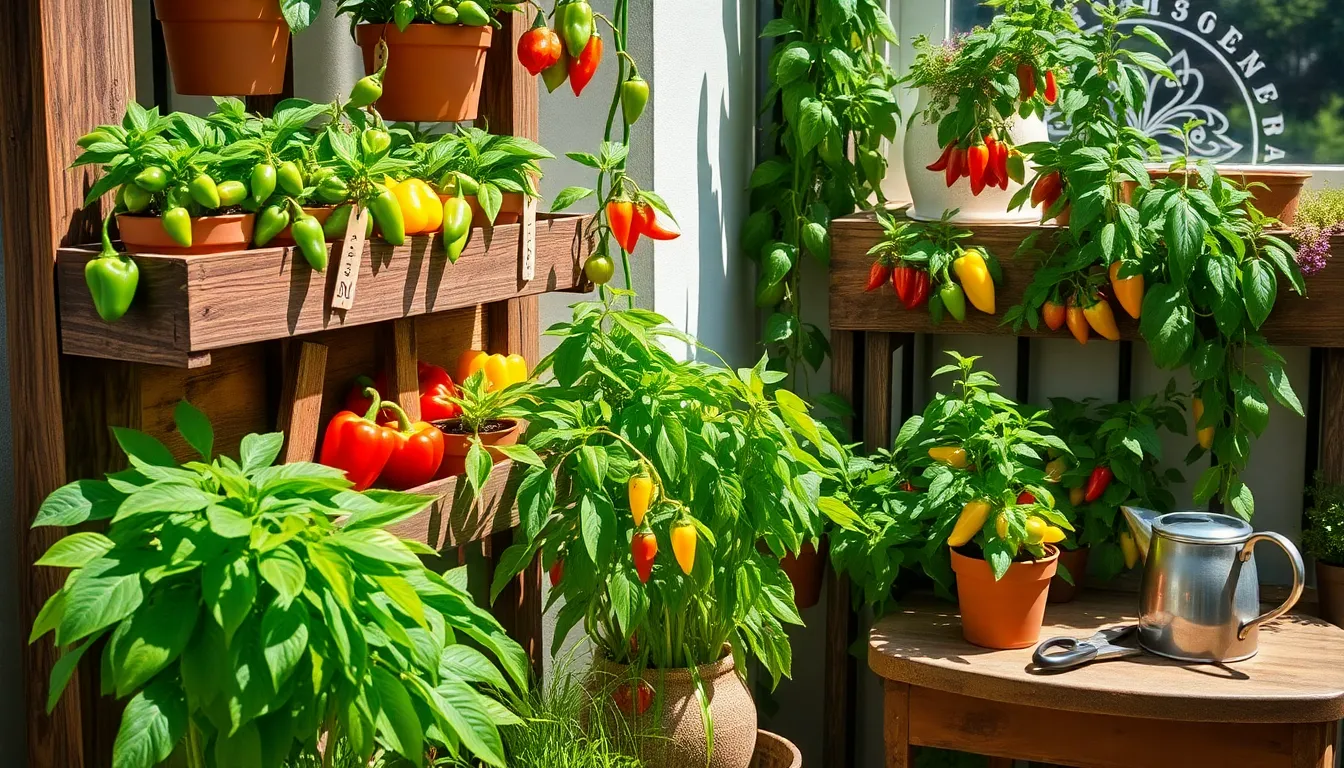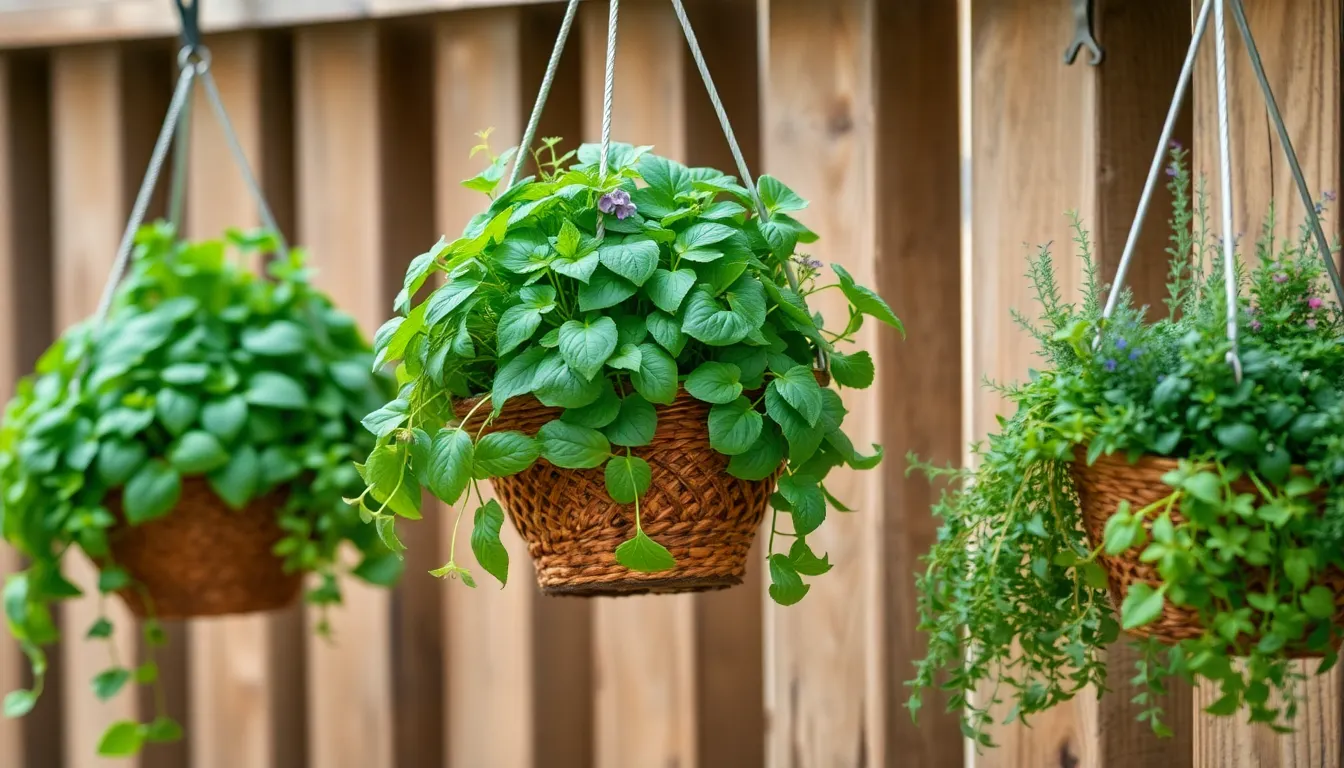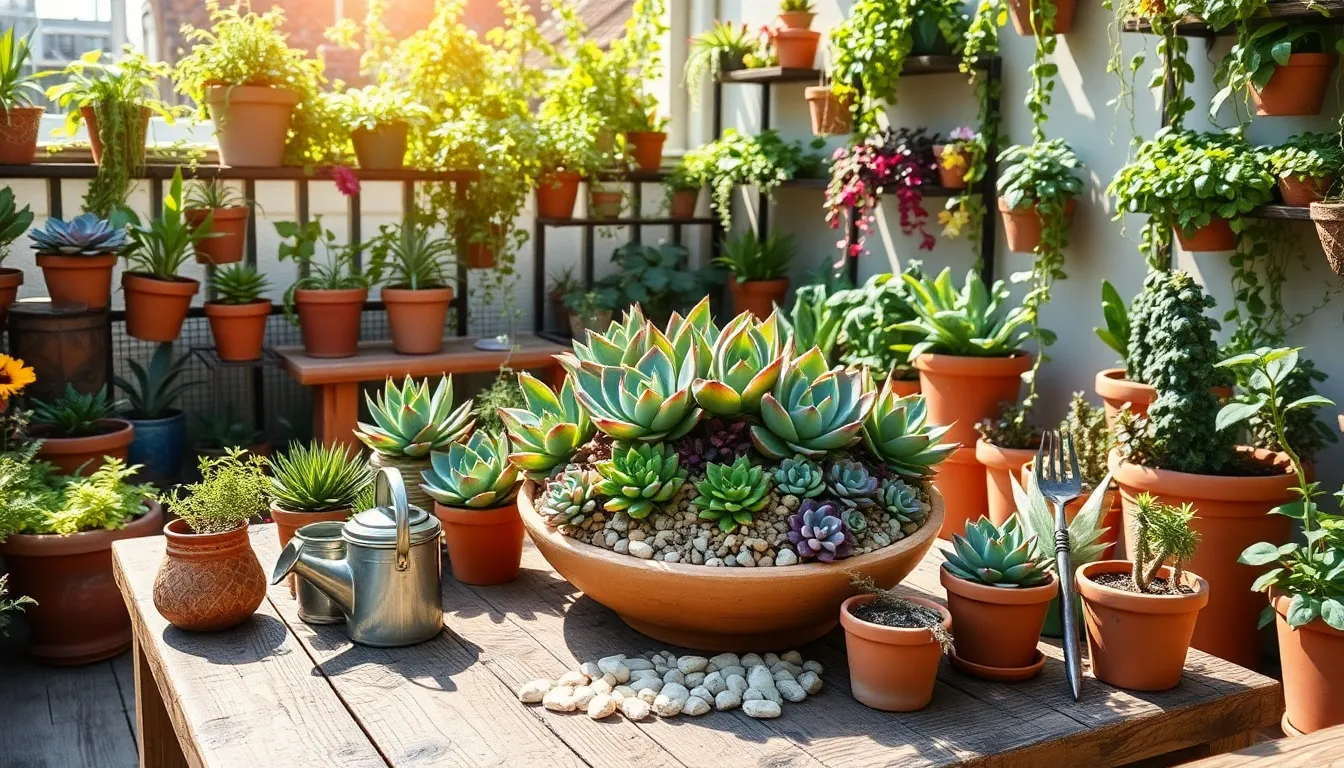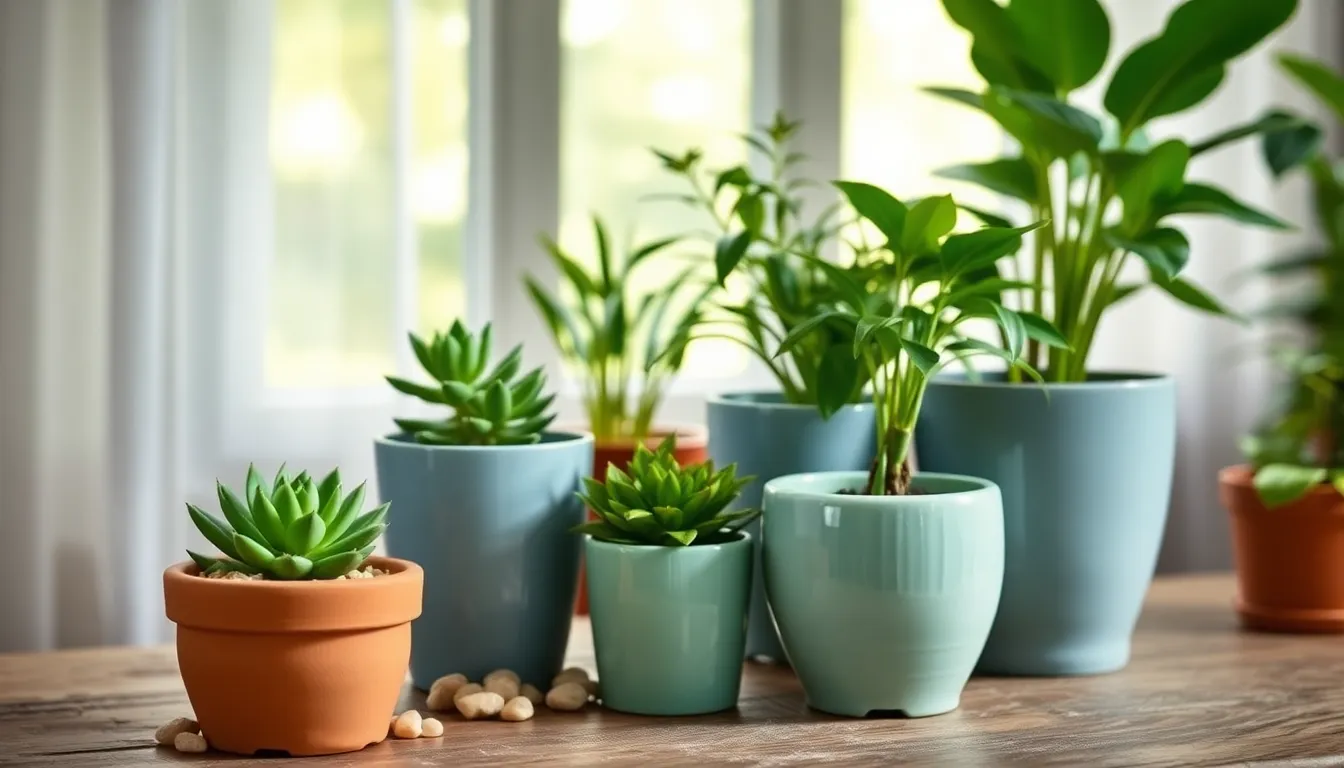Whether you’re a seasoned green thumb or just beginning your gardening journey, the prospect of growing your own peppers in limited space can be both thrilling and rewarding. Peppers, with their vibrant colors and robust flavors, are not only a delightful addition to your culinary creations but also a testament to what can be achieved in even the smallest of gardens.
In this article, we’ll explore innovative techniques and practical tips to help you cultivate healthy pepper plants, even if you’re working with a balcony, patio, or tiny backyard. You’ll learn how to choose the right pepper varieties, optimize your growing conditions, and troubleshoot common challenges, transforming your compact space into a thriving pepper haven.
By the end of your reading, you’ll feel empowered to embark on this pepper-growing adventure with confidence and creativity. With a little guidance and a sprinkle of enthusiasm, you’ll see that a bountiful pepper harvest is well within reach, no matter the size of your garden.
Select Compact Pepper Varieties
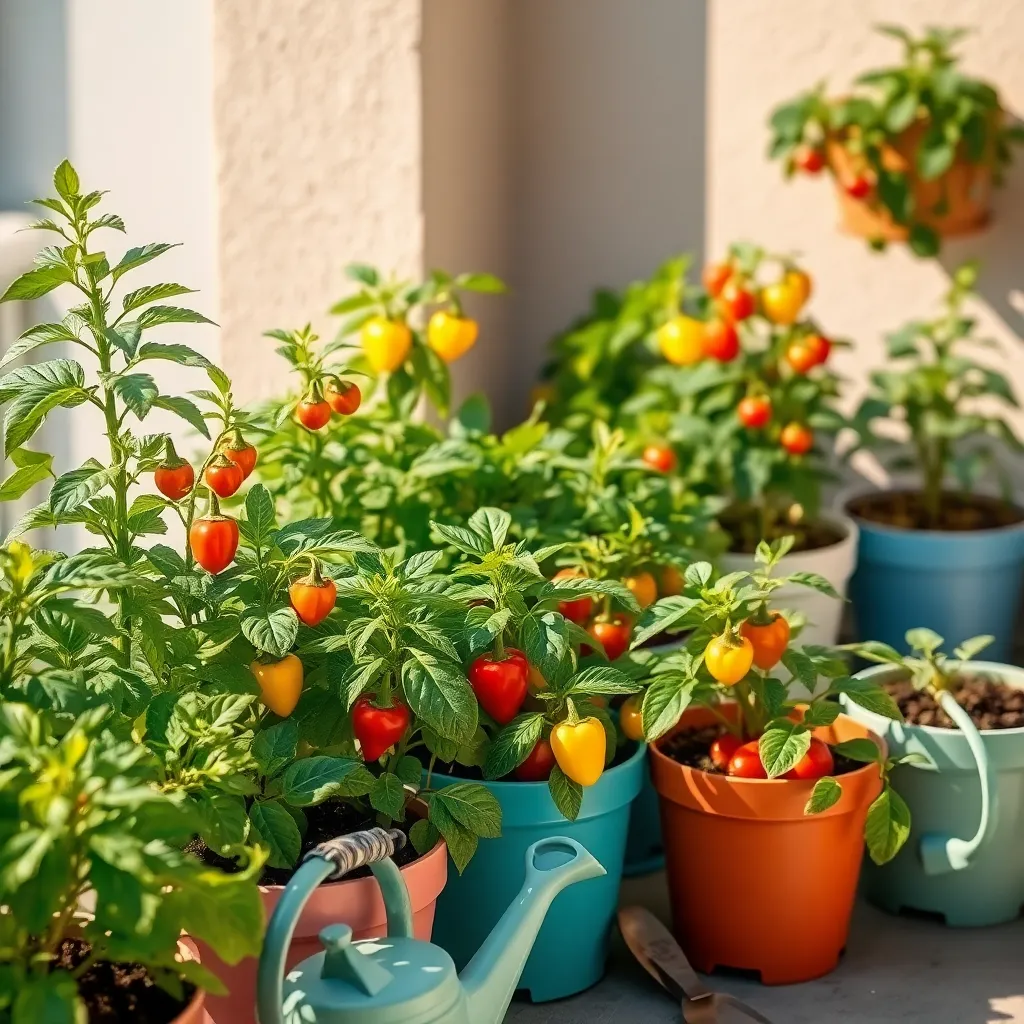
Selecting the right compact pepper varieties is crucial for maximizing space in your garden. Consider varieties like ‘Jalapeño M’ or ‘Habanero Short Yellow,’ which are known for their smaller plant sizes and robust yields.
Peppers thrive in well-draining soil enriched with organic matter. Use a potting mix with perlite or sand to ensure adequate drainage, and incorporate compost to boost nutrient content.
Ensure your peppers receive at least six hours of sunlight daily. If natural light is limited, supplement with grow lights to maintain healthy growth.
Watering needs to be consistent but not excessive, as peppers prefer slightly moist soil. Avoid waterlogging by allowing the top inch of soil to dry out between waterings.
For those looking to enhance their skills, consider pruning your pepper plants. This encourages bushier growth and can increase fruit production, especially in small spaces.
Prepare Well-Draining Potting Mix
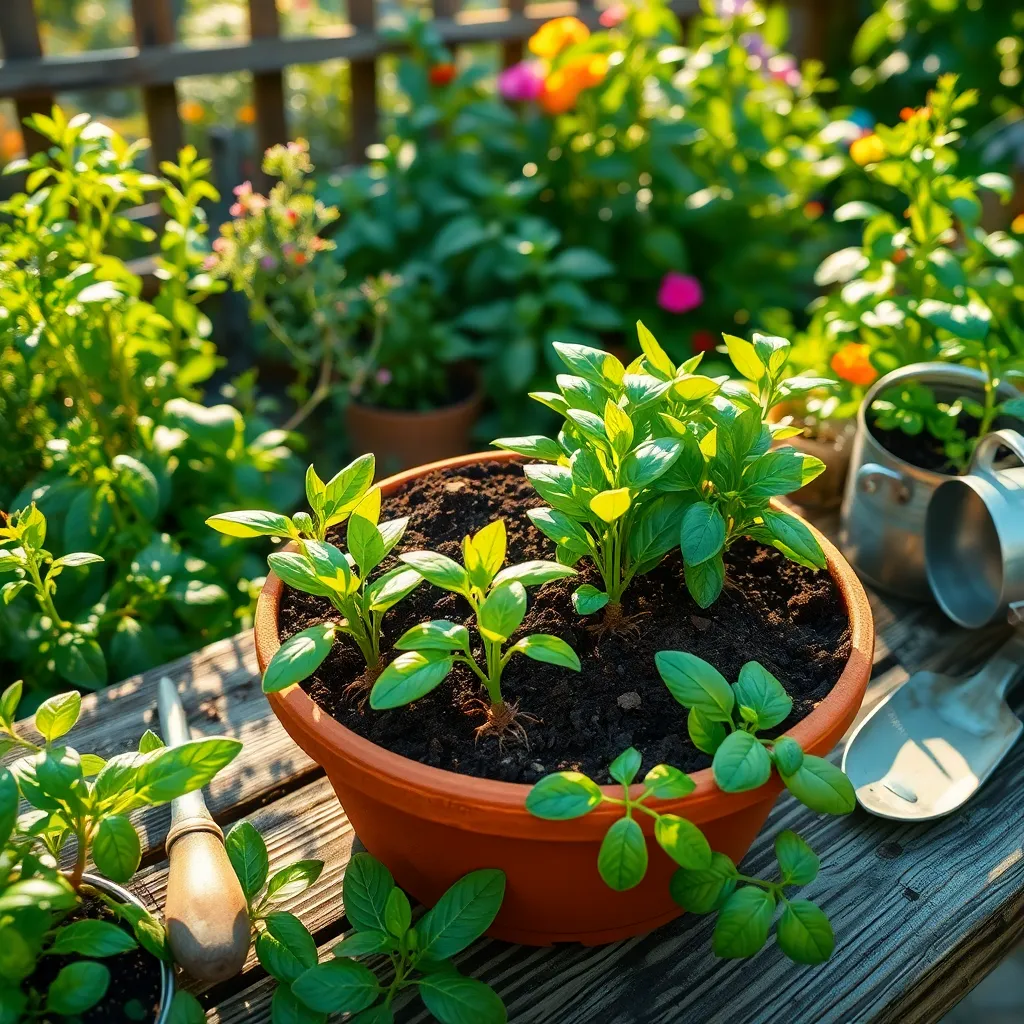
To successfully grow peppers in small spaces, crafting a well-draining potting mix is essential. This ensures that excess water drains away, preventing root rot and promoting healthy plant growth.
Start with a base of high-quality potting soil, which provides essential nutrients. Mix in equal parts of perlite or coarse sand to improve aeration and drainage, crucial for pepper plants.
Adding organic matter like coconut coir or peat moss can enhance moisture retention. This is particularly helpful if you live in a hot climate where pots tend to dry out quickly.
For advanced gardeners, incorporating a slow-release fertilizer into the mix can support long-term growth. Select a balanced fertilizer to provide a steady supply of nutrients throughout the growing season.
Once your potting mix is prepared, ensure your container has sufficient drainage holes. This further aids in preventing waterlogging, which can stress pepper plants and reduce yields.
Plant Seeds in Small Containers
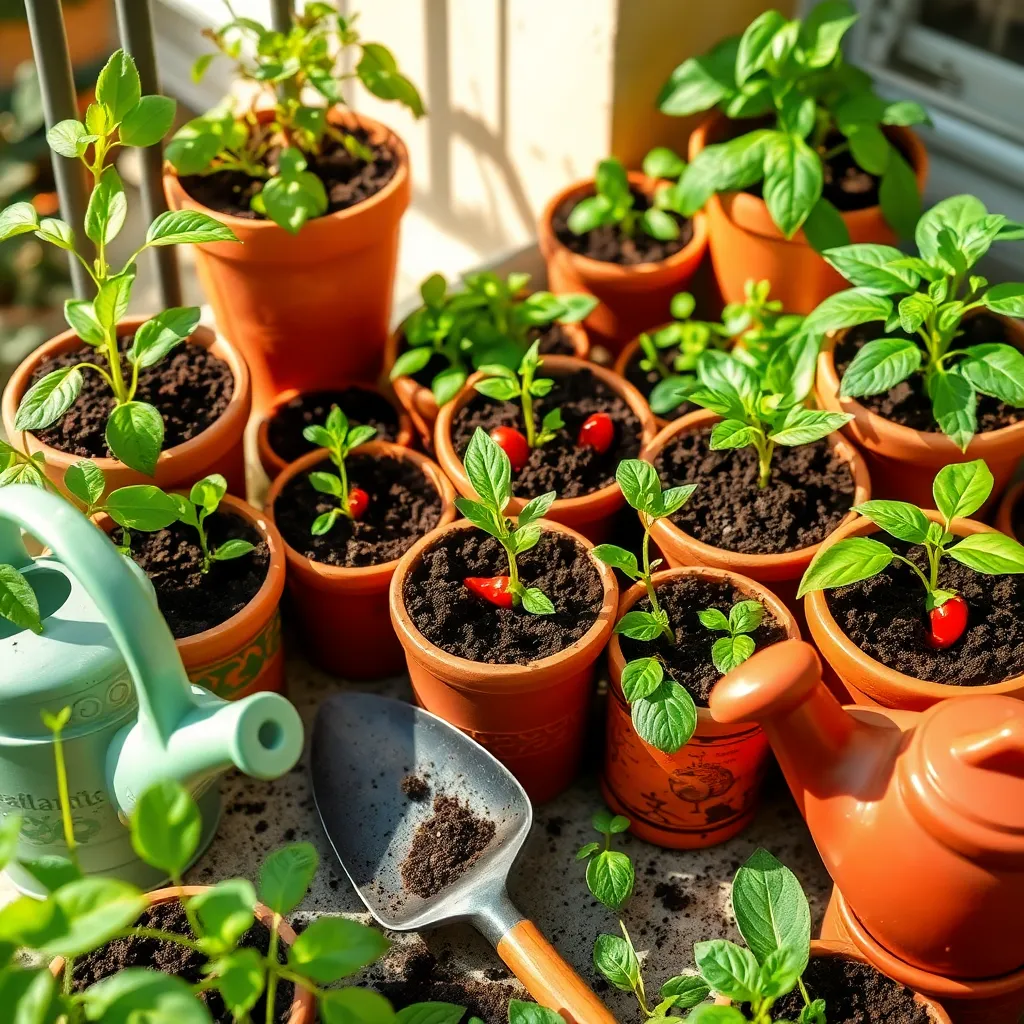
To start growing peppers in small spaces, begin by selecting small containers that have drainage holes. This ensures excess water can escape, preventing root rot and promoting healthy plant growth.
Fill each container with your prepared well-draining potting mix, leaving about an inch of space at the top. This allows room for watering and avoids overflow, keeping your growing area tidy.
Place one or two pepper seeds in each container, lightly pressing them into the soil to a depth of about 1/4 inch. Cover them gently with soil, ensuring they’re not buried too deeply which could hinder germination.
After planting, water the containers lightly until the soil is moist but not soggy. It’s crucial to keep the soil consistently moist during the germination period, which typically lasts 7-14 days.
For best results, position the containers in a warm spot with plenty of indirect sunlight. Peppers thrive in temperatures between 70°F and 85°F, so consider using a seedling heat mat if your growing environment is cooler.
Monitor the moisture level daily and water as needed to maintain a lightly moist soil surface. As seedlings emerge, ensure they receive 6-8 hours of bright light each day, supplementing with a grow light if necessary.
Provide Adequate Sunlight Exposure
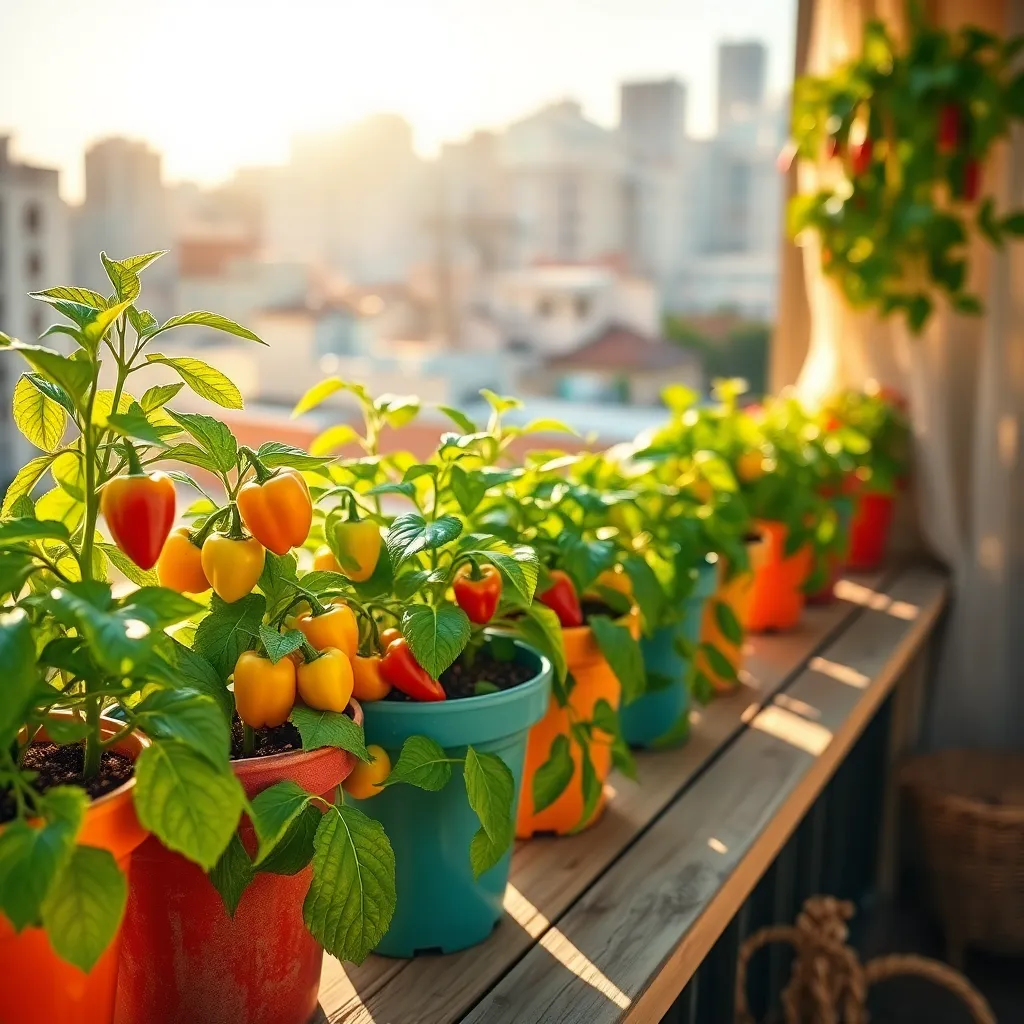
To successfully grow peppers in small spaces, ensuring they receive adequate sunlight exposure is crucial. Peppers thrive in full sun, meaning they need at least six to eight hours of direct sunlight each day for optimal growth.
Position your containers in a south-facing location to maximize sunlight exposure. If that’s not possible, consider using grow lights to supplement natural light, especially during shorter winter days or in regions with less sunshine.
For those using grow lights, choose a full-spectrum LED light to mimic natural sunlight effectively. Position the lights about 2-3 inches above the plants and adjust as they grow to maintain the ideal distance.
It’s important to regularly rotate your containers to ensure all sides of the plant receive equal sunlight, promoting even growth. This simple technique prevents your peppers from leaning toward the light source, which can lead to uneven development.
Water and Fertilize Consistently
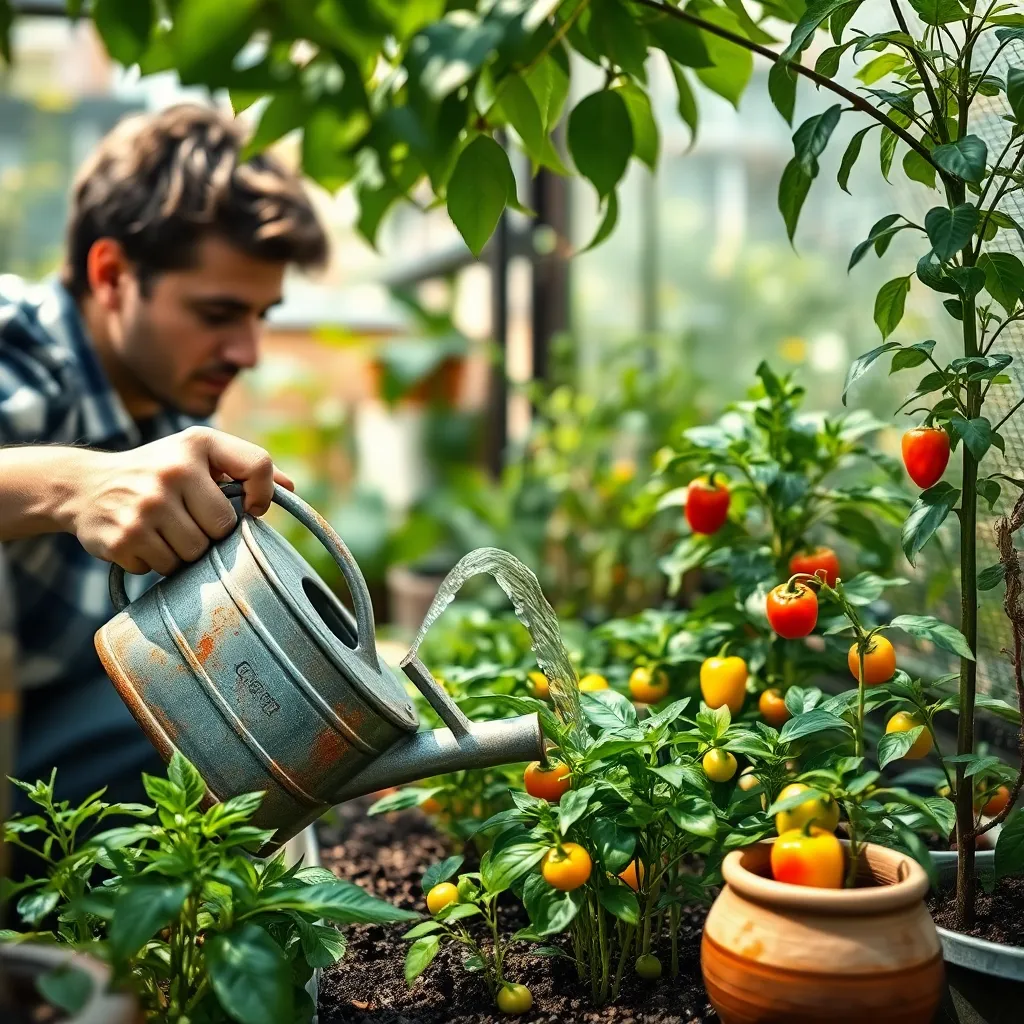
Ensuring consistent watering is crucial when growing peppers in small spaces. Peppers prefer soil that is moist but not waterlogged, so aim to water them deeply once or twice a week, depending on the climate and container size.
It’s important to monitor the moisture level of the soil regularly. Insert your finger about an inch into the soil; if it feels dry, it’s time to water.
Using mulch can help retain soil moisture, which is especially beneficial in container gardening. Organic mulches like straw or shredded leaves also add nutrients to the soil as they decompose.
Fertilizing your pepper plants is equally important for their growth and productivity. Use a balanced, slow-release fertilizer or a liquid fertilizer every four to six weeks to ensure they receive the necessary nutrients.
For those looking to enhance their pepper production, consider a fertilizer slightly higher in potassium. Potassium promotes fruit development, which is key for a bountiful harvest.
Always follow the manufacturer’s instructions on fertilizer packaging to avoid over-fertilization, which can harm the plants. By maintaining a consistent watering and fertilizing schedule, you’ll set your pepper plants up for success, even in the smallest of spaces.
Conclusion: Growing Success with These Plants
In navigating the journey of growing peppers in small spaces, we’ve uncovered five key relationship concepts: nurturing with patience, adapting to your environment, providing consistent support, celebrating growth milestones, and embracing the uniqueness of each plant. These principles not only apply to horticulture but also resonate deeply in nurturing human relationships. As you embark on this botanical adventure, take the actionable step of choosing one small space in your home to start your pepper plant. This simple act can serve as a daily reminder of the care and attention needed in all relationships.
I encourage you to bookmark this article for future reference, as it holds valuable insights that can guide you both in gardening and personal growth. Remember, tending to your peppers parallels nurturing relationships; both require dedication and adaptability. As you continue to cultivate these practices, know that your efforts will yield rewarding results. Here’s to flourishing gardens and thriving relationships – save this guide to ensure both are within your reach. Your commitment today lays the foundation for a harmonious and fruitful tomorrow.

